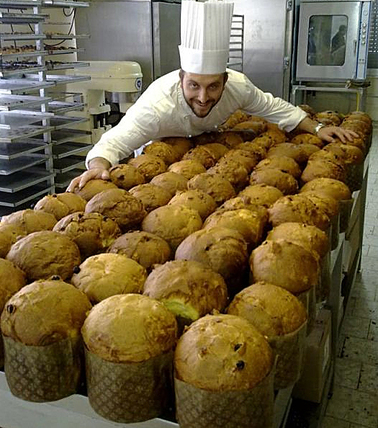 by Natasha Lardera on I-Italy A slice of panettone and a flute of champagne (or prosecco)… there is no more Italian way to wish a happy holiday season. It’s a ritual in many homes where panettone is a welcomed guest after every meal. But this sweet bread can be enjoyed everywhere, anytime, even at office parties while exchanging gifts or in stores while shopping.Giving panettone is not a simple act of kindness but a gesture rich in history and tradition. Panettone is a traditional cake-like bread stuffed with dried raisins and candied orange and lemon peel from Milan that has been embraced by fans worldwide. Immigrants to the Americas brought with them their love of panettone. When it is enjoyed on Christmas in many countries, it’s paired with hot chocolate, or ice cream, and even eggnog. Although the traditional recipe remains a favorite, producers are offering many variations with cream, chocolate chips and frosting, and even liqueurs such as limoncello. Italians consume an estimated two-and-a-half panettoni (5.5 pounds) per family per year, and its popularity is also growing beyond the Italian border, with seven to 10 percent of panettoni produced now exported to France, Germany, the United States, Canada, Britain, and Spain. Americans are adopting this pleasurable Italian food custom with enthusiasm. According to the latest figures from the Italian Trade Commission, pastry imports to the United States are always growing. Right after Thanksgiving, there are plenty of tempting panettoni on the supermarket shelves: from the tiny ornament-sized boxes to be hung on Christmas trees, to large ones sold in holiday tins and elegant gift wrapped ones, hidden in red and green foil with golden ribbons. Panettoni used to be available only at a few places like Neiman Marcus or Garden of Eden, but now you can find them everywhere. The name panettone can be explained in many ways: documents from the 1200s portrayed an early form of it enriched with honey, raisins, and even pumpkin. The writer Pietro Verri (1728-1797) called it “pane di tono” (luxury bread in Milanese dialect). Raisins are used for good wishes, as they are indeed known to bring fortune and wealth because their shape is reminiscent of golden coins. One of the legends of its conception says that the person who invented panettone was the Milanese nobleman Ughetto degli Atellani who lived in the 1400s. He fell in love with Adalgisa, the daughter of a poor baker named Toni. To win her over, the nobleman disguised himself as a baker and invented a rich bread in which he added to the flour and yeast, butter, eggs, dried raisins, and candied peel.The duke of Milan , Ludovico il Moro Sforza, encouraged the launch of the new cake-like bread: pan del Ton (or Toni's bread). Another story says that Toni, the young helper of a cook, was the real inventor. It was Christmas and the court chef had no dessert to offer. What he had prepared wasn’t good enough to be served. So Toni prepared something using everything he had available. Hence the name panettone, “il pan de Toni” (Toni’s bread). Just after the end of World War I, panettone became widely known thanks to a young Milanese baker, Angelo Motta, who gave his name to one of Italy 's now best-known brands. Motta revolutionized the traditional way of making panettone by giving it its tall domed shape by making the dough rise three times, before cooking, which is what makes it so light. Around 1925, the recipe was adapted by a competitor, Gioacchino Alemagna, who also gave his name to a popular brand that still exists today. The stiff competition between the two led to the growth of the industrial production of the cake-like bread. When purchasing panettone, be sure to check the ingredients. With almost 80 million pounds produced annually in Italy (as well as domestic versions), not all are of excellent merit. Read the labels and watch for lower-quality ingredients such as margarine rather than butter or powdered eggs instead of fresh. To ensure a high-quality product, the Association of Italian Confectionary Industries (AIDI) has asked the Italian government to recognize panettone as a specialty item deserving protection. If successful, only producers meeting strict standards will be able to identify their products as panettone. Among the brands meeting AIDI requirements are Alemagna, Bauli, Flamingi, Maina, Motta, Perugina, Le Tre Marie, and Valentino. One of the largest importers of panettone to the United States , Frank Lettieri, owner of Lettieri and Co. in South San Francisco , primarily imports the Maina brand. “Maina really stands out is its moistness. In comparison, many panettoni are dry,'' claims Mr. Lettieri. Valentino USA brings products of the Italian confectionery tradition, like Panettone and Pandoro, in classic or special versions, as well as other goods that are typically consumed by Italians at breakfast, to the United States . Respect for traditional processing systems combined with the application of modern technologies and the support of strict controls over raw materials and finished products have assured Valentino a fine reputation in worldwide confectionery. Valentino USA is a name that guarantees quality and excellence, exactly what you need to celebrate the holidays in peace. If you'd like to make your own panettone, here's a recipe from one of the best bread bakers who strives to make authentic, traditional recipes... a recipe by Nick Malgieri. --JF From, How to Bake: Complete Guide to Perfect Cakes, Cookies, Pies, Tarts, Breads, Pizzas, Muffins... by Nick Malgieri, 1995, HarperCollins Panettone (Italian Christmas Bread) Ingredients One 9-inch cake, 8 to 10 servings Sponge 1/2 cup milk 2 1/2 teaspoons (1 envelope) active dry yeast 3/4 cup unbleached all-purpose flour Dough 8 tablespoons (1 stick) unsalted butter, softened 1/2 teaspoon salt 1/3 cup sugar 1 teaspoon finely grated lemon zest 2 teaspoons vanilla extract 1 tablespoon white rum 3 large eggs plus 3 large egg yolks, at room temperature 3 cups unbleached all-purpose flour 1/2 cup (about 3 ounces) each diced candied orange peel, dark raisins or currants, and golden raisins 2 tablespoons unsalted butter, melted, for finishing One 9-inch-diameter x 3-inch-deep springform pan, buttered and floured “In Italy, panettone is the traditional Christmas bread – offered when friends drop in throughout the holiday season, served for breakfast Christmas morning,and sometimes filled with pastry cream or chocolate to make a fancy dessert. Though in Italy panettone is prepared in some pastry shops, most often, even there, it comes from the same industrial bakeries that market their panettone in the United States – Motta, Alemagna, and Tre Marie, to name a few. Panettone, whether prepared in a pastry shop or a factory, is usually made with a type of sourdough known as lievito madre or lievito naturale (mother yeast or natural yeast) rather than the manufactured yeast which is a by-product of beer making. Lievito madre is a combination of flour, water, and a natural yeast-rich source, such as grape skins or hops, which cause fermentation. Enzymes and acids that form during the fermentation of the lievito madre (but not when manufactured yeast is used) retard staling, moisture loss, and mold. The following recipe is for a panettone alla casalinga, or home-style panettone made with yeast. Though it is not difficult to prepare, do take the following precautions, Make sure all ingredients are at room temperature; cold butter or eggs may cause the dough to ‘break’ or separate, and make a coarse-textured panettone. Be careful not to let the dough overferment, either after it is mixed or in the pan, or the panettone will fall when it is baked. Test for doneness with a thin knife or skewer after about 40 minutes – overbaked panettone is lethally dry.” --Nick Mallgieri Directions 1. To make the sponge, in a small saucepan over a low flame, heat the milk until it is just warm, about 110 degrees [F.] Remove from the heat and pour into a small bowl; whisk in the yeast. Stir in the flour until smooth. Cover the bowl tightly with plastic wrap and allow the sponge to rise at room temperature for about 30 minutes. 2. To make the dough, use a heavy-duty mixer fitted with the paddle, and beat the butter until it is soft and light, then add the salt, sugar, lemon zest, vanilla, and rum. Continue beating until light and smooth, about 5 minutes. 3. Combine the eggs and yolks and beat a third into the butter mixture; continue to beat until the mixture is smooth. On the lowest speed, add a third of the flour and beat until it is absorbed. Scrape the sides of the bowl and paddle and add another third of the egg mixture, then another third of the flour. Finally, add the remaining egg mixture. Beat until smooth, then scrape the bowl and beat in the remaining flour until it is absorbed. Scrape the sponge into the mixer bowl and beat on the lowest speed for about 5 minutes, until the dough is smooth and slightly elastic. Beat in the candied peel and raisins. 4. Butter a bowl and turn the dough out into it. Turn the dough so the top is buttered. Cover the bowl tightly with plastic wrap and allow the dough to rise at room temperature for up to 1 1/2 hours, or until doubled in bulk. 5. Stir the dough with a rubber spatula to deflate it and scrape it into the prepared pan. Butter a piece of plastic wrap and drape loosely over the pan, buttered side in. Allow the dough to rise again at room temperature for about 1 hour, or until it reaches the top of the pan. 6. When the dough has almost reached the top of the mold, set a rack in the middle level of the oven and preheat to 375 degrees [F.] 7. When the dough has risen completely, uncover and place in the oven. Bake for about 20 minutes, until the dough is well risen and deeply colored, then cover the top loosely with a piece of aluminum foil and continue baking for 20 to 30 minutes longer, or until a thin knife inserted in the center emerges without any dough sticking to it. 8. Cool in the pan on a rack for 5 minutes, remove the side of the pan, and slide the panettone off the pan base to a rack. Paint it all over with the melted butter and allow it to cool completely. Serving: Serve for breakfast, brunch, or tea. It also makes good French toast. Storage: Wrap cooled panettone in several layers of plastic wrap to retain maximum freshness. Panettone may be frozen for 1 month. Leftover, slightly dry panettone makes excellent toast. 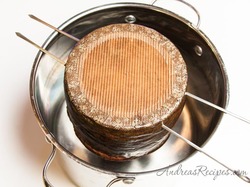 NOTE from Grand Voyage Italy: If you really want to bake your panettone the way Italians do... in a paper mold... then here is a link to AMAZON where you can buy paper molds. Also, to cool your panettone the way pro bakers do while preventing any deflation, shove two long wooden skewers through the bottom of the panettone about 3-4 inches apart with the ends stick out on both sides. Then, hang it upside-down between two small boxes/cans or inside a large stock pot until cooled. --JF If you enjoyed this article, please SHARE it and LIKE it on your favorite social media site. Ciao! We also have pages on: Google+ StumbleUpon
0 Comments
Your comment will be posted after it is approved.
Leave a Reply. |
Categories
All
Archive
June 2024
|


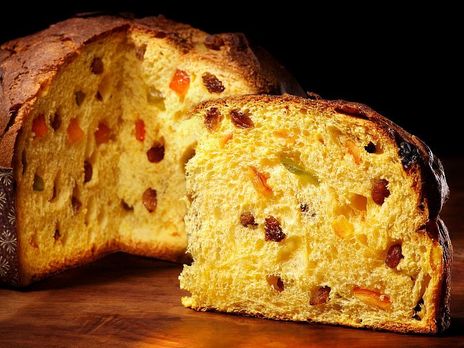
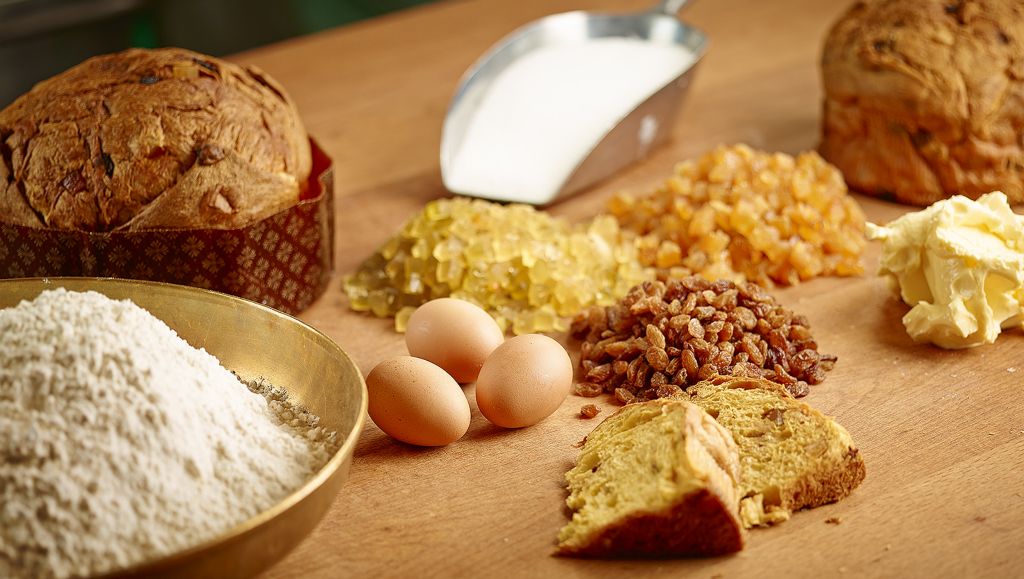

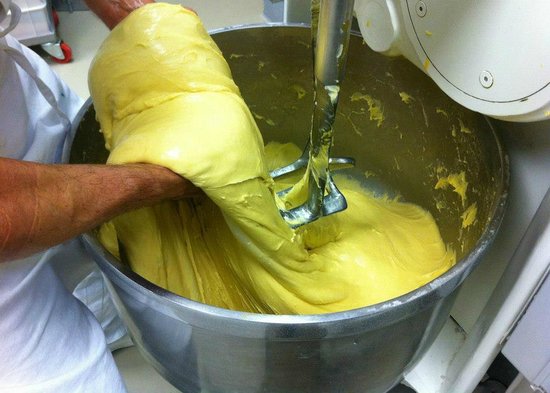
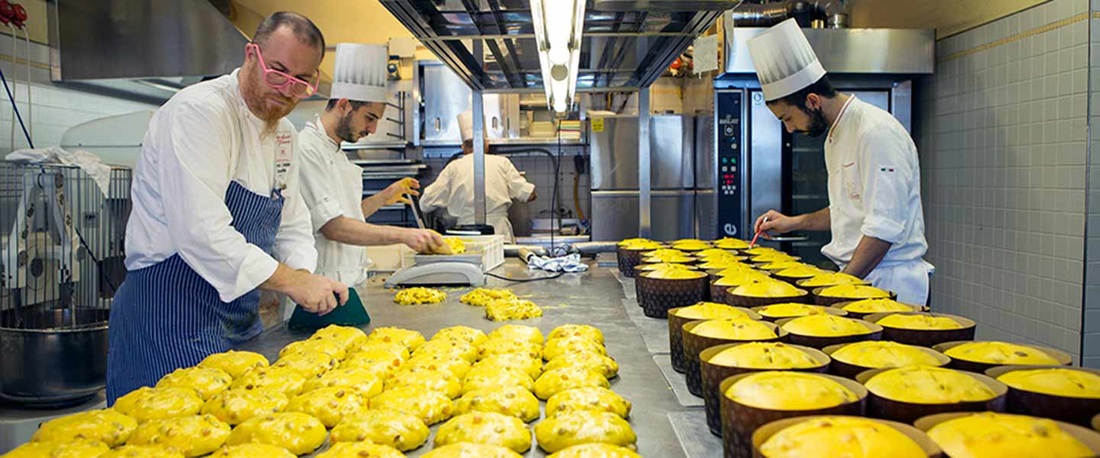
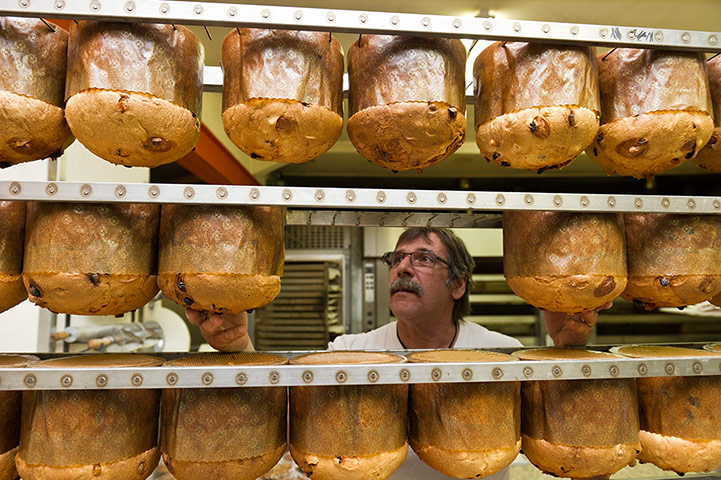
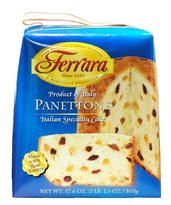
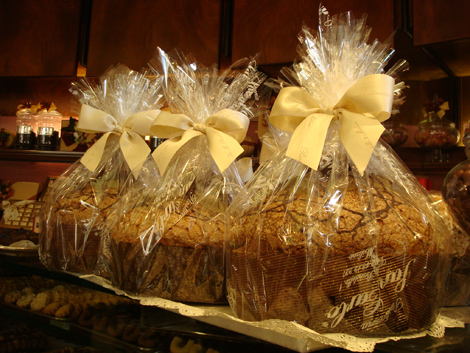

 RSS Feed
RSS Feed
